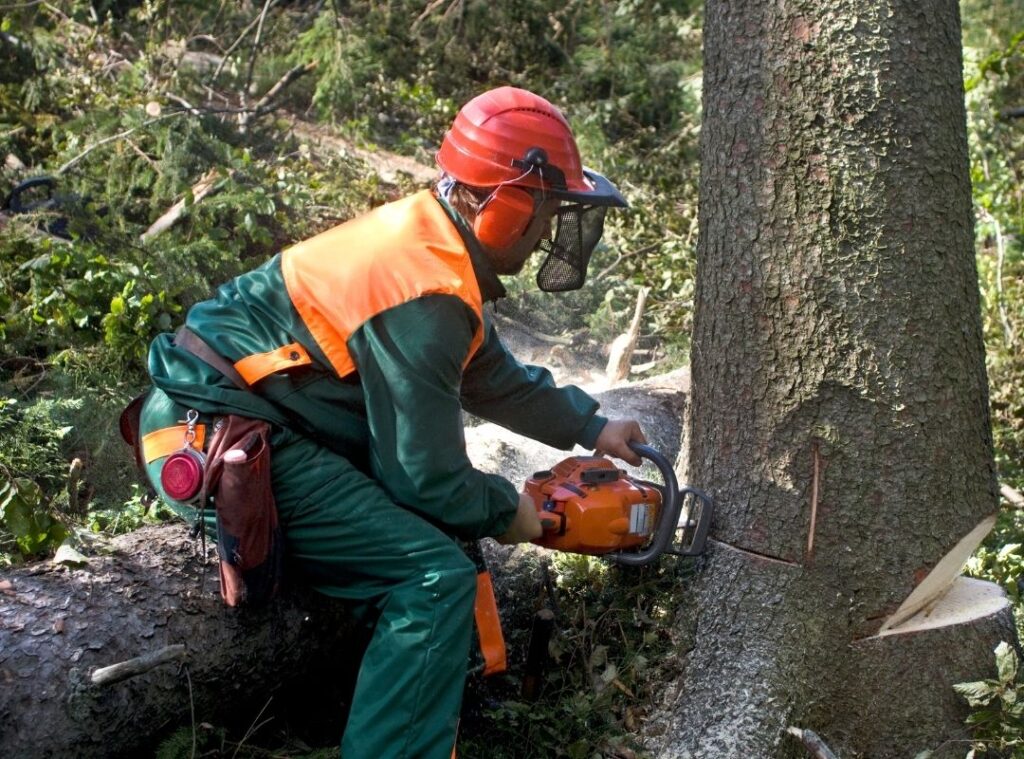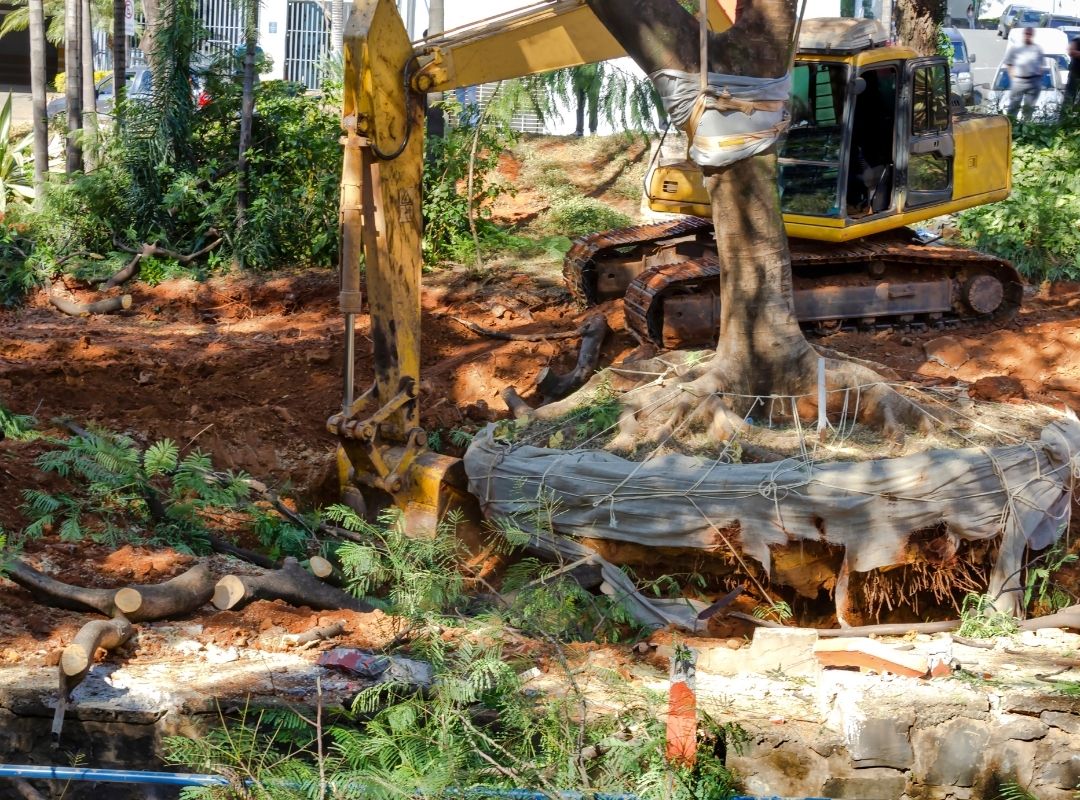Navigating Tree Removal in New Braunfels: A Step-by-Step Guide
In the picturesque city of New Braunfels, TX, trees are a vital part of the landscape, contributing to the area’s natural beauty and ecological balance. However, there comes a time when tree removal becomes necessary for reasons ranging from safety to health and landscaping needs. This guide aims to navigate the often-complex process of tree removal in New Braunfels, addressing the unique challenges posed by the local environment. Understanding when and how to remove a tree responsibly and safely is crucial for maintaining the integrity and beauty of your property.
The decision to remove a tree is not one to be taken lightly. It involves considering various factors, including the tree’s condition, legal requirements, and the potential impact on your property and the surrounding environment. This blog will provide a comprehensive step-by-step approach to tree removal in New Braunfels, ensuring that homeowners can make informed decisions and execute the removal process efficiently and safely.
When Tree Removal is Necessary?
Identifying when a tree needs to be removed is the first critical step in the tree removal process. Signs such as visible disease, significant damage, or death are clear indicators. In New Braunfels, the local climate, which includes periods of drought and occasional severe weather, can significantly affect tree health, making regular assessment vital. It’s important to recognize these signs early to prevent potential hazards or further deterioration of the tree.
Before proceeding with tree removal, it’s essential to understand the legal aspects. New Braunfels may have specific regulations and required permits for tree removal, especially for protected species or trees located in certain areas. Ensuring compliance with these regulations is crucial to avoid legal complications and potential fines. Homeowners should research or consult with local authorities to understand these requirements fully.
Planning for Tree Removal
Planning is a critical phase in the tree removal process. It involves a thorough assessment of the tree’s condition and the surrounding area to determine the best removal method. Homeowners must decide whether to undertake the task themselves or hire professionals, which often depends on the tree’s size, location, and complexity of the job. If opting for DIY, understanding the risks and necessary safety precautions is essential.
Preparing your property for tree removal is also important. This includes clearing the area around the tree, ensuring easy access for removal equipment, and considering the impact on nearby structures or landscaping. Informing neighbors about the removal plan is also a courteous step, especially if the process may affect them. Proper preparation can minimize the risk of damage and make the removal process smoother and safer.

Choosing a Professional Tree Removal Service
Selecting the right professional tree removal service is crucial. Look for services with the necessary licenses, insurance, and a strong track record of experience in tree removal. These qualifications are essential for ensuring safe and effective removal. Additionally, understanding the costs involved and getting detailed quotes from several providers can help in making an informed decision.
When interviewing potential service providers, ask about their approach to tree removal, the equipment they use, and how they handle unexpected situations. Inquire about their experience specifically in New Braunfels and request references or examples of previous work. Choosing a reputable and experienced service provider will ensure that the tree is removed safely and efficiently, with minimal risk to your property and the surrounding area.
The Tree Removal Process
The tree removal process typically involves several steps, starting from the careful planning of the removal path to the actual cutting down of the tree. Professionals will assess the tree’s size, location, and surrounding area to determine the safest and most effective removal method. This might involve sectional dismantling in confined spaces or straightforward felling in more open areas.
Safety is paramount during tree removal. Professionals use various safety measures and equipment, including harnesses, ropes, and cranes, to ensure the tree is removed without causing harm to people or property. After the tree is down, handling the aftermath is crucial. This includes stump removal, which might require additional equipment, and dealing with debris. A professional service will typically offer options for debris disposal, whether it’s through chipping, removal, or onsite processing for mulch.
Post-Removal Considerations
After a tree is removed, it’s important to consider the next steps for your property. This might involve landscaping to restore or enhance the area where the tree stood. Homeowners should also consider the possibility of replanting. Choosing suitable tree species and considering the landscape design can help in maintaining the aesthetic and ecological balance of your property.
Ongoing tree care and maintenance are crucial for the remaining trees on your property. Regular health checks, proper pruning, and preventive measures against diseases and pests can keep your trees in good condition. This not only enhances the beauty of your landscape but also ensures the safety and longevity of your trees.
The Environmental Impact of Tree Removal
Tree removal, while sometimes necessary, does have ecological implications. It’s important to approach the process with an understanding of these impacts. Responsible tree removal involves considering the role of the removed tree in the local ecosystem, such as its contribution to air quality, wildlife habitat, and the overall ecological balance.
Adopting environmentally responsible practices during tree removal is key. This includes minimizing damage to surrounding vegetation, avoiding unnecessary removals, and considering replanting with native species that contribute positively to the local environment. Balancing the needs of your landscape with environmental considerations is essential for sustainable property management.
Navigating Legalities and Community Standards
Familiarizing yourself with the local laws and regulations regarding tree removal in New Braunfels is a crucial step. This includes understanding any permits or approvals needed before proceeding with the removal. Compliance with these legal requirements ensures that you’re not only respecting the law but also contributing to the community’s efforts in maintaining a healthy urban forest.
Respecting community standards and neighborly etiquette is also important. Tree removal can sometimes impact neighbors, whether through noise, disruption, or changes in the landscape. Communicating with neighbors, respecting boundary lines, and adhering to community guidelines can help maintain good relationships and a harmonious neighborhood environment.
Tree removal in New Braunfels is a significant undertaking that requires careful consideration, planning, and execution. Whether due to safety concerns, health issues, or landscaping needs, the decision to remove a tree should always be informed and responsible. This guide provides a comprehensive overview of the steps involved in tree removal, from understanding when it’s necessary to dealing with post-removal considerations and the environmental impact.
For those in New Braunfels seeking professional assistance with tree removal, J & J Tree Care Professionals offer expert services. With their extensive knowledge and experience in local tree species, climate challenges, and legal requirements, they are well-equipped to handle your tree removal needs safely and efficiently. Contact J & J Tree Care Professionals for reliable and environmentally responsible tree removal services, ensuring your landscape remains safe, healthy, and beautiful.
